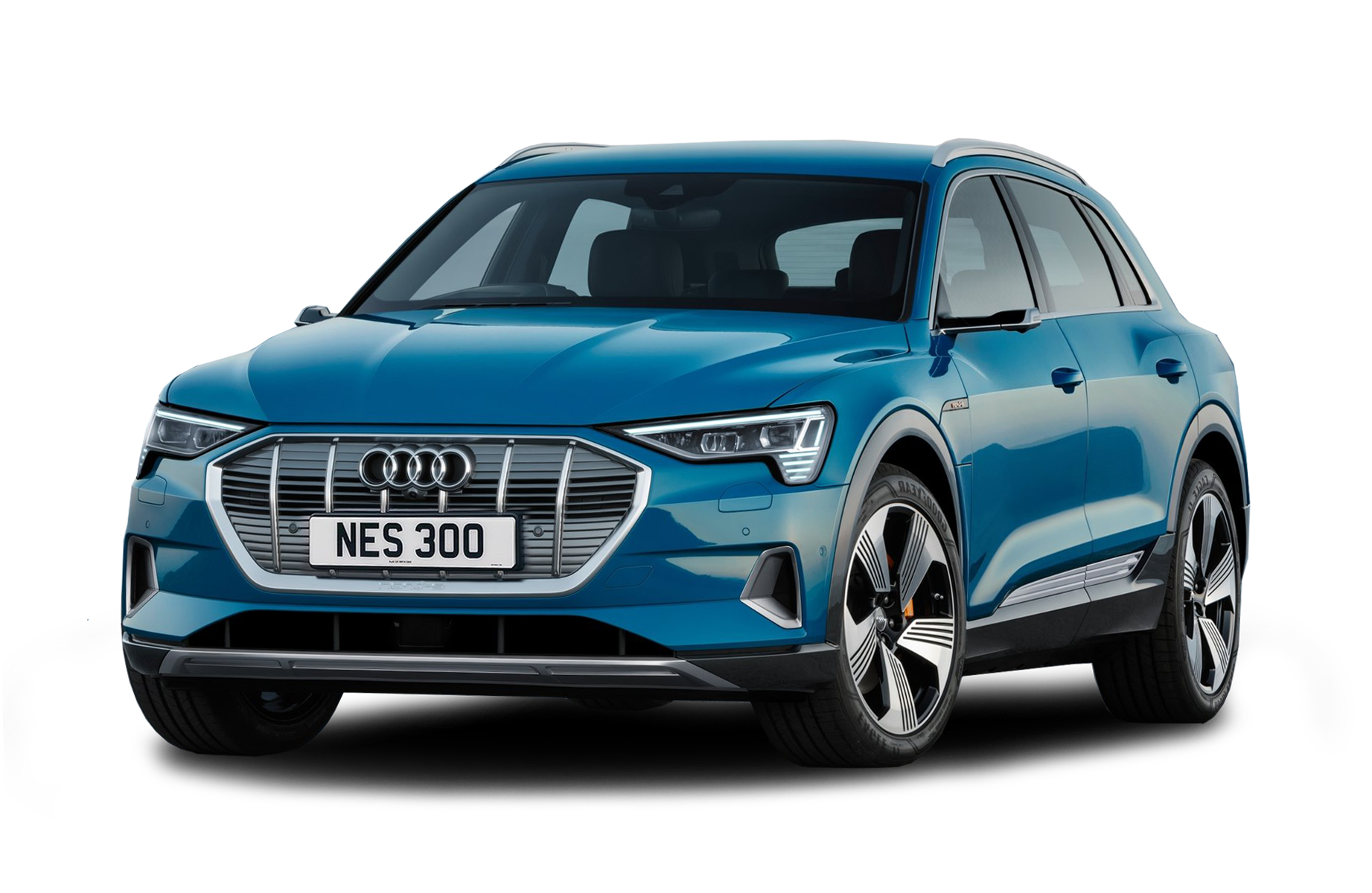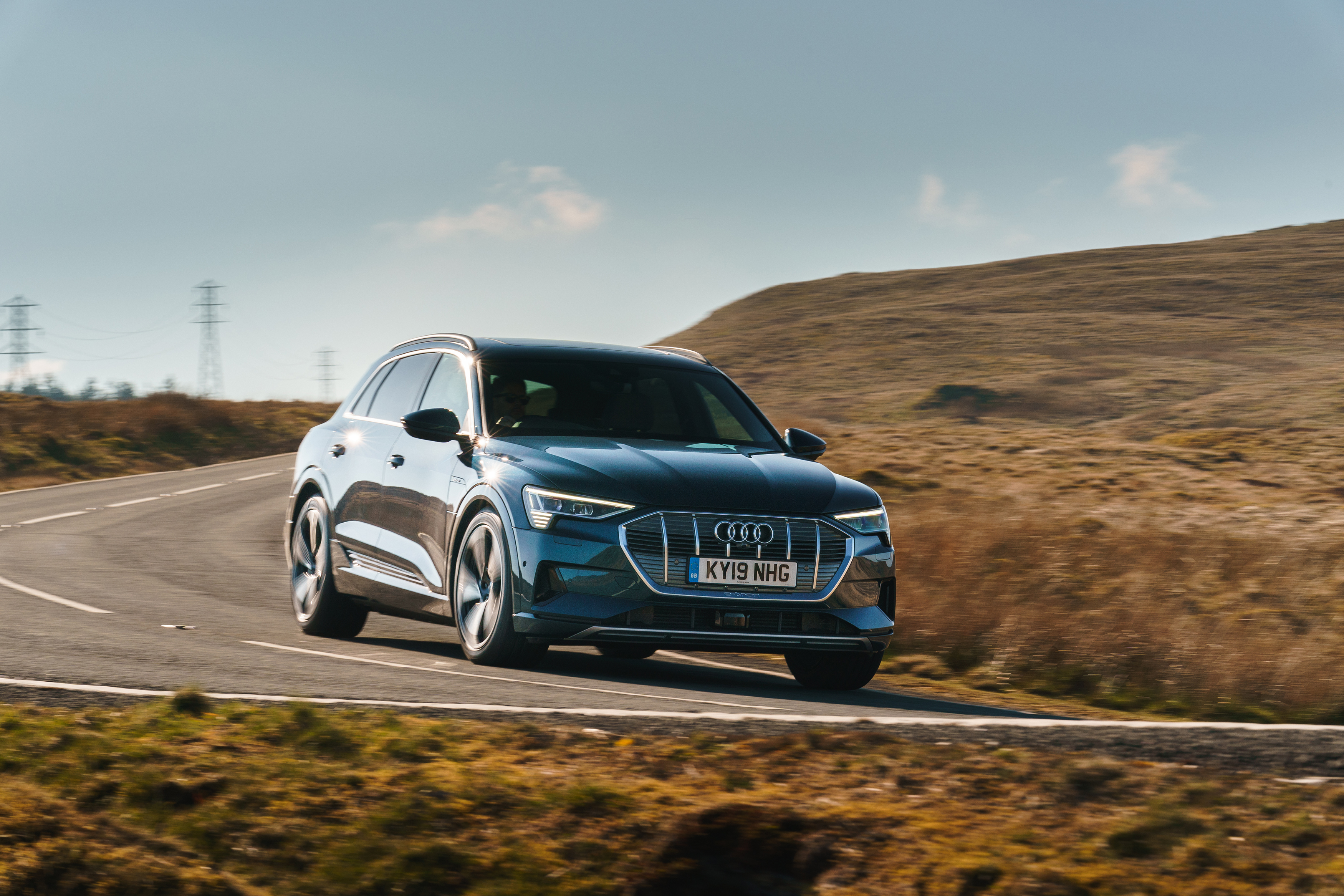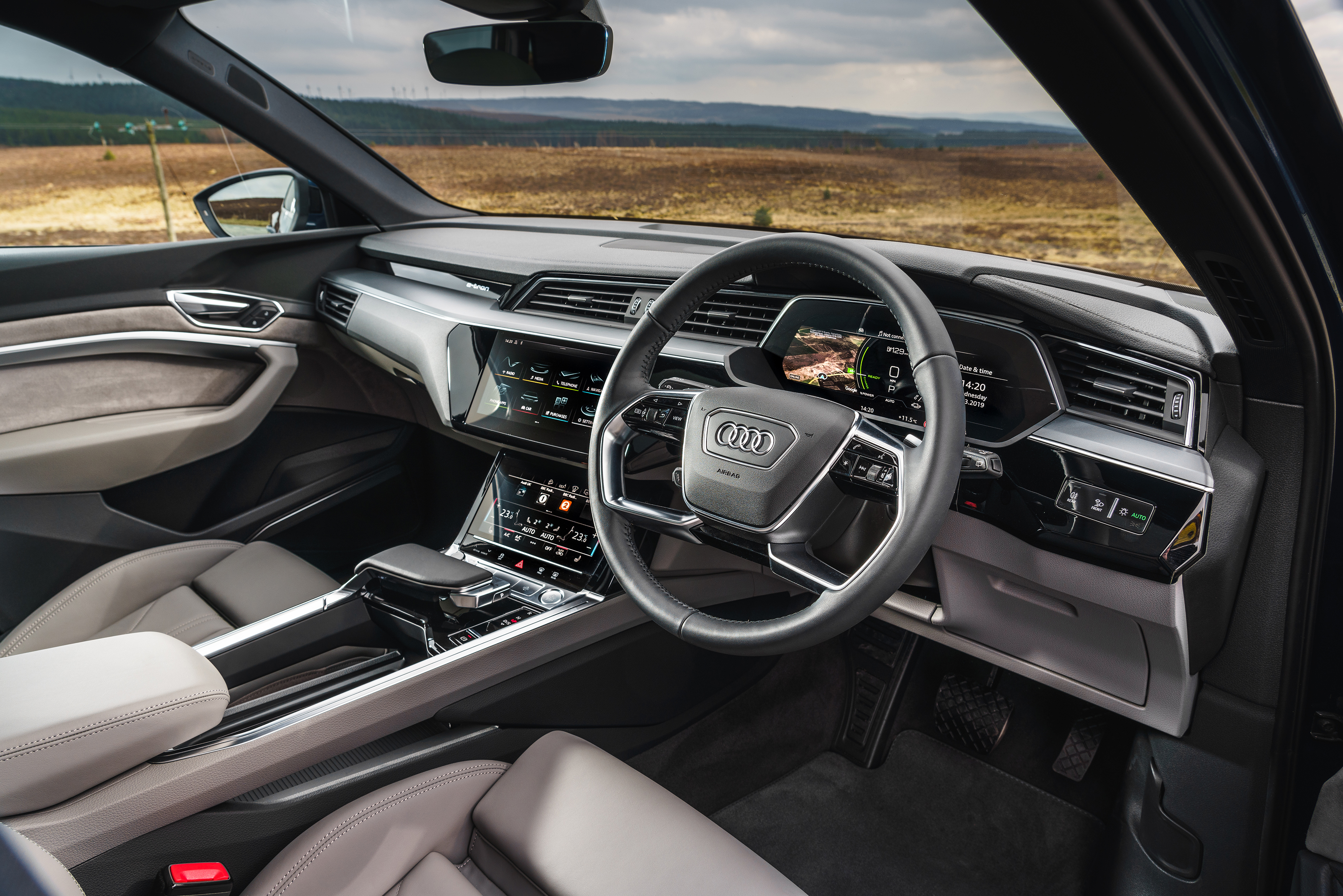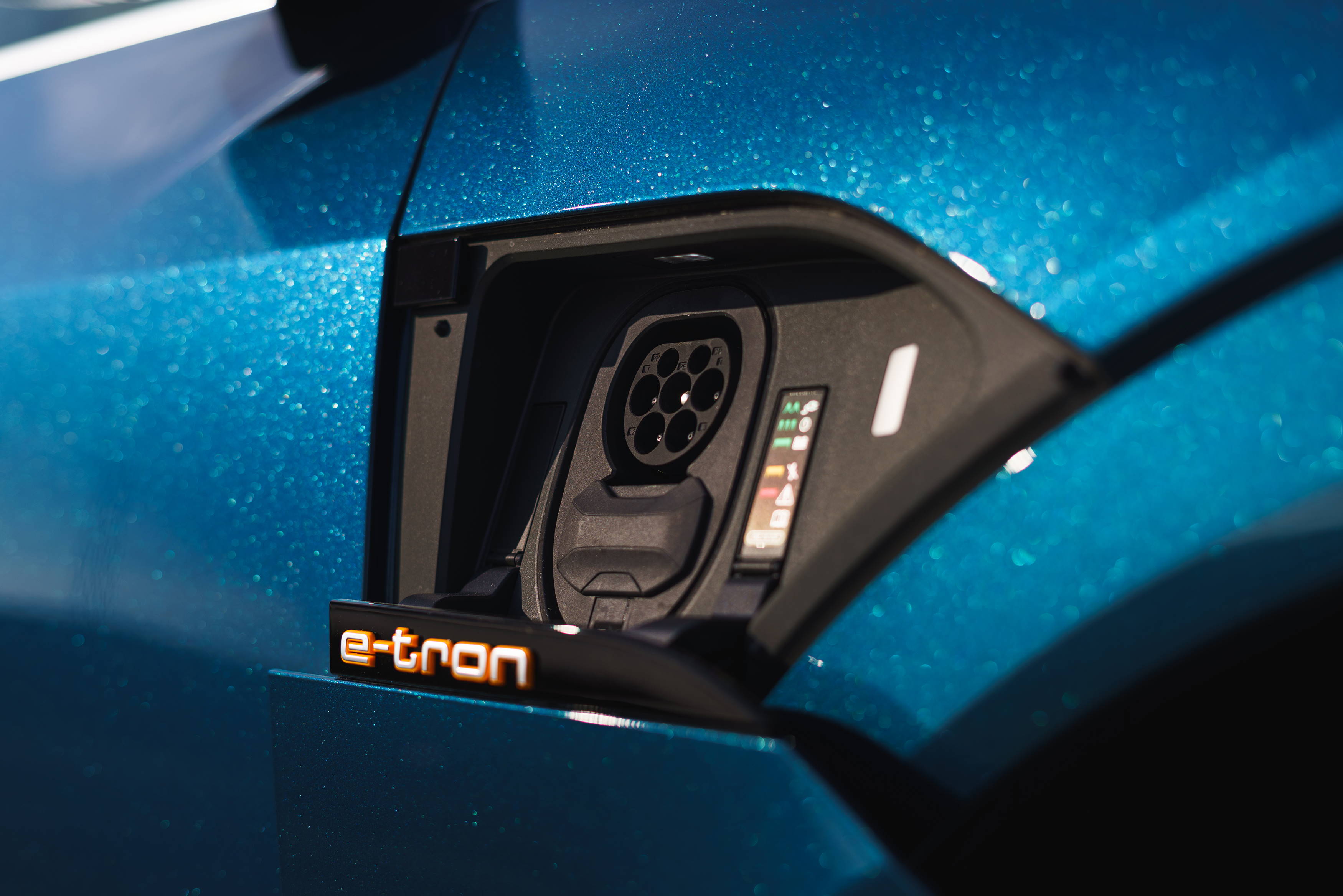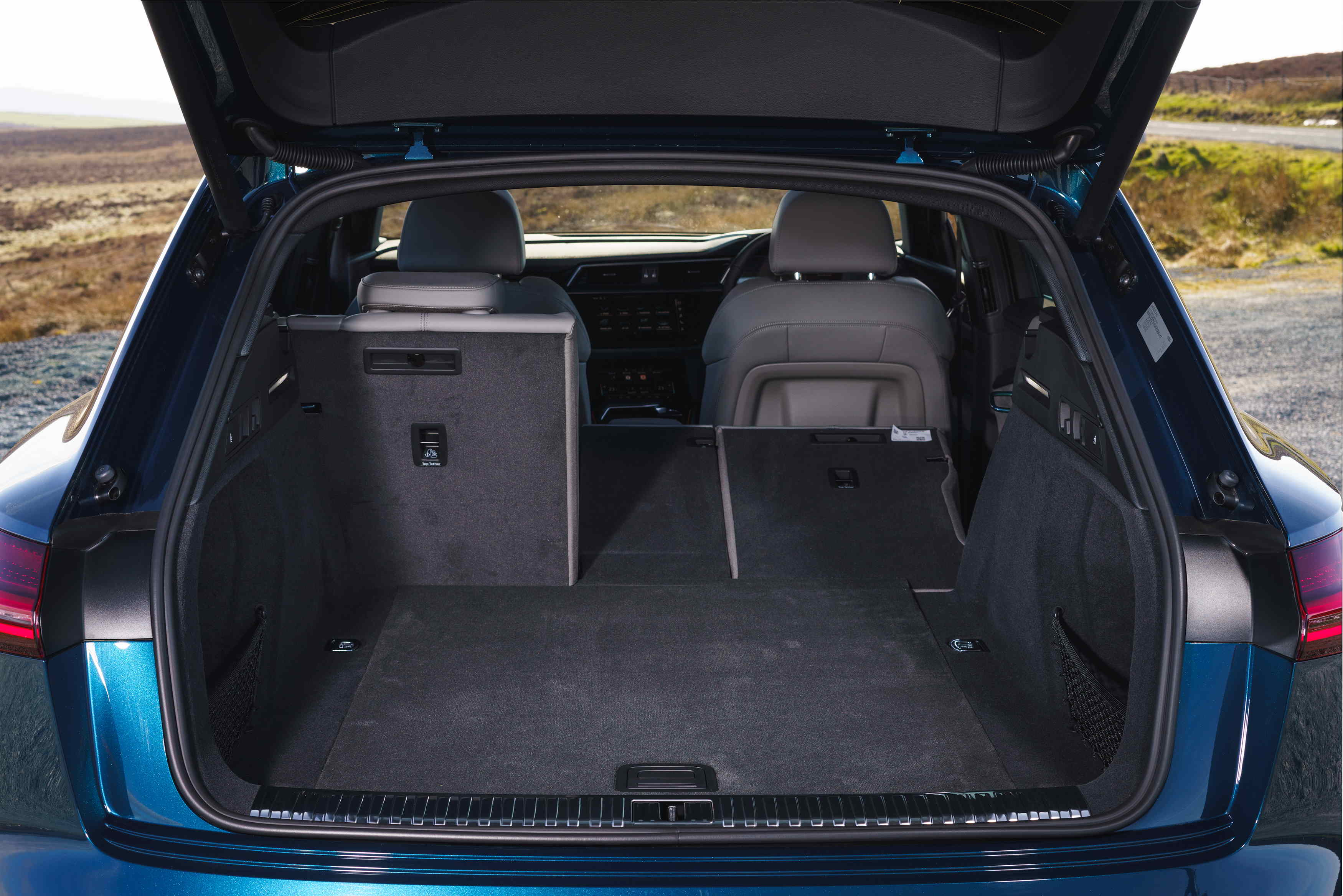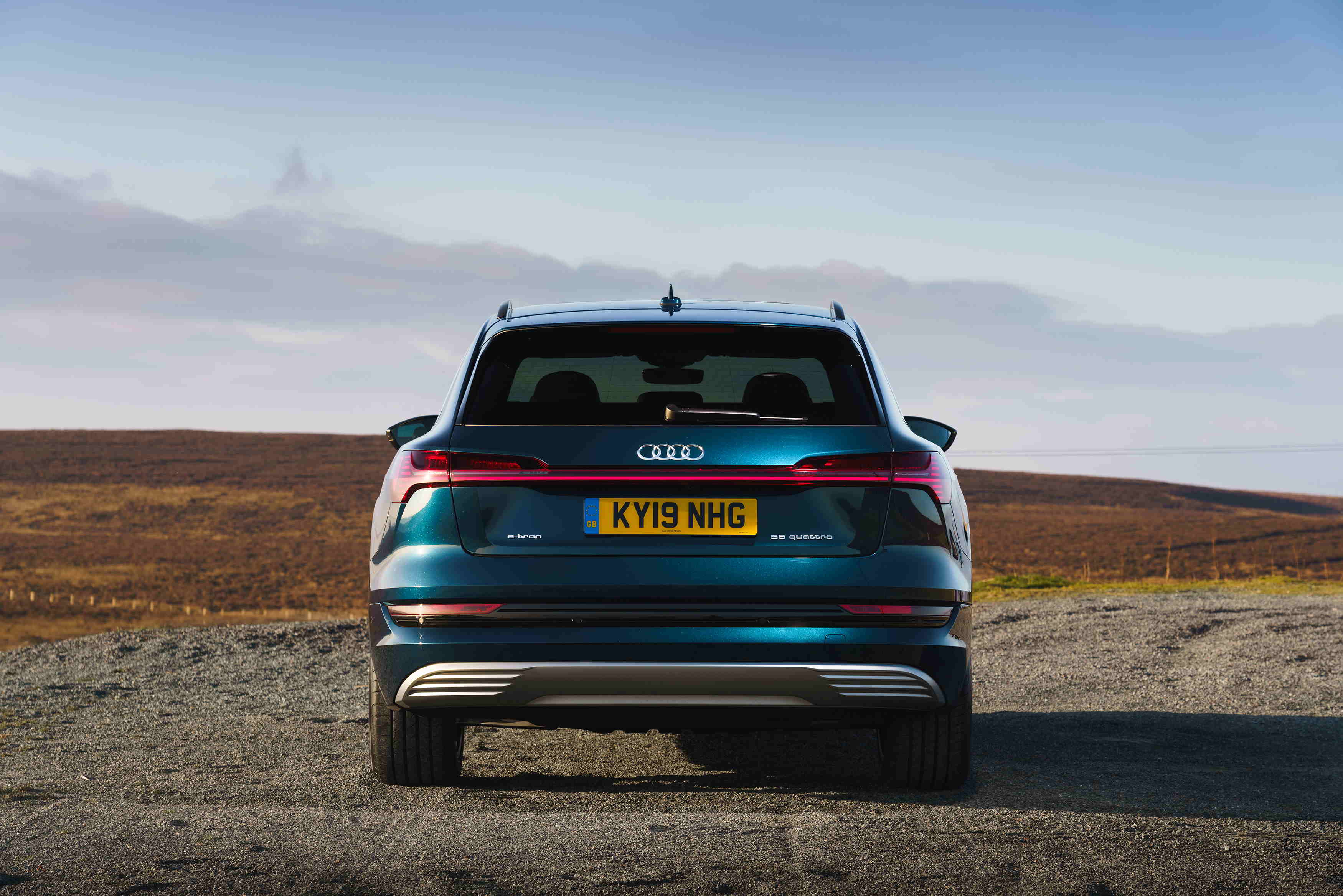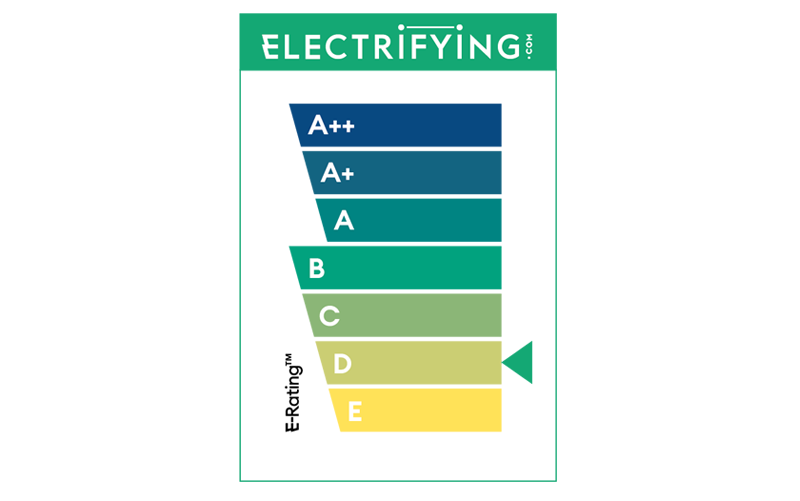Pricing
The e-tron is a luxury car and the pricing reflects that – it’s around the same price as the cheapest Audi Q7 for a smaller car. However, this is competitive with the smaller Jaguar i-Pace and cheaper than a Tesla Model X.
But, even the lower priced e-tron is well-equipped and of course you’ll save money on running costs by filling up from a plug rather than a pump.
The new standard model is reasonably well equipped, and is available in Technik, Sport, S line, Black Edition and Vorsprung specification levels. Upgrading is cheaper than ticking all of the options boxes and adding them to the standard model, but only makes sense if you want them all. Options are not cheap though, and adding a few choice extras will soon see the cost mount up. The S model, meanwhile, comes in standard and high-spec Vorsprung versions.
Running costs
Compared to a conventional big SUV (such as Audi’s own diesel-powered Q7) the savings of running an e-tron are substantial, with experts predicting that it will cost you around 30% less per mile to run over three years and 60,000 miles.
That’s a big saving, and electric cars are so much cheaper to run than those that use petrol or diesel that it’s easy to assume they are all super-efficient. But the truth is that the Audi e-tron won’t go as far as some electric rivals given the same amount of energy. A Tesla Model X, for example, is noticeably more efficient and has a longer range as a result.
It won’t make too much of a difference if you charge at home where electricity is relatively cheap, but it could add up over time if you’re topping up at pricey rapid chargers.
Where the Audi scores over rivals is with its resale value. Experts are predicting the e-tron will hold its value better than a Tesla or Jaguar, which should make finance payments such as leases or PCP more affordable.










